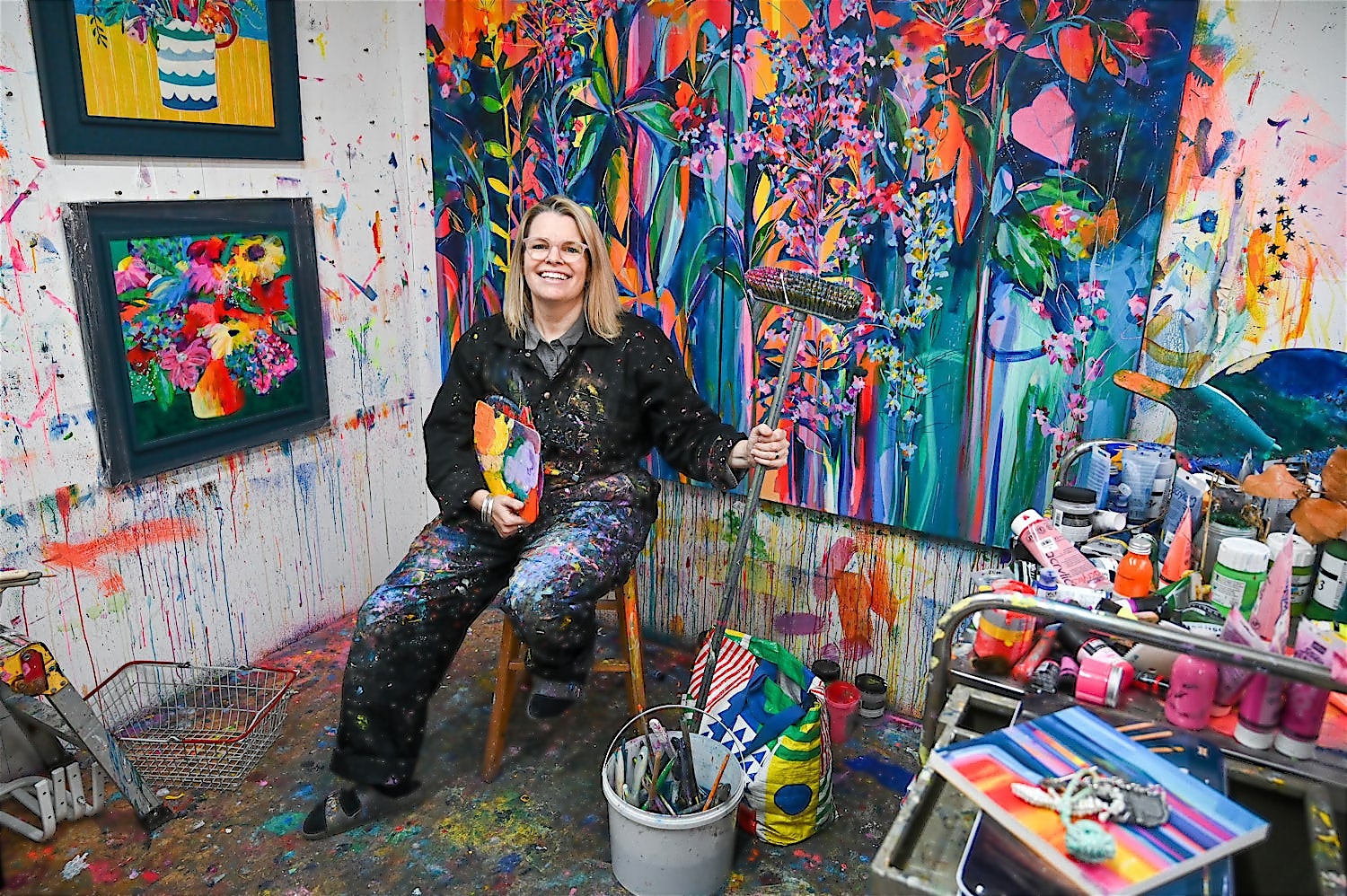Blending Photography and Traditional Painting Techniques
In today's world, where art forms constantly evolve, blending photography and traditional painting has become a captivating pursuit for many. For professional photographers, this innovative approach not only offers a fresh aesthetic but also a new dimension to their artistry, leading to creations that are both striking and unique.
Delving into this fusion requires an understanding of both mediums. While photography captures moments in a frozen second of time, traditional painting allows for the deliberate depiction of emotions and expressions over an expansive canvas. By merging these two, one can craft deeply textured and emotionally resonant works that tell a story beyond the surface.

The Art of Fusion
The key to mastering this creative marriage lies in understanding the strengths and limitations of each medium. Photography is renowned for its ability to capture precise details and vivid colors instantly. Meanwhile, traditional painting offers the artist complete control over the creative process, enabling them to enhance or alter their depiction based on their vision.
By integrating these aspects, photographers can enhance their photographic compositions with painting techniques. Popular methods include digitally painting over photographs or using software that simulates brushstrokes and textures. For those venturing into this realm, comprehending the basics of color theory, composition, and texture can be invaluable.
A Historical Perspective
The idea of combining these two art forms isn't entirely new. Throughout art history, various artists have sought inspiration from photographs. Before the technological advancements of today, artists would often use photographs as studies or references for their paintings.
However, with the advancements in digital technology, this integration has evolved, paving the way for techniques like digital photo painting. Platforms such as PicsArt provide tools where artists can experiment with transforming photos into artistic renditions. Moreover, exhibitions like Cleveland Art's One Unique Photo-Based Images showcase how this blend of photography and painting continues to push boundaries.
Techniques to Try
Digital Tools and Software
With the rise of digital technology, photographers now have access to a plethora of software that bridges the gap between photography and painting. Programs like Adobe Photoshop and Corel Painter offer tools that mimic traditional painting techniques, allowing for a seamless blend of both worlds. For beginners interested in diving into this, understanding the fundamentals of these programs can be highly beneficial. Resources like Photo-Based Painting for Beginners can be a great starting point.
Photographic Composition Meets Painterly Techniques
Another approach is to incorporate painterly techniques directly into photographic composition. This may involve creating deliberate compositions in photography that anticipate the inclusion of painted elements. By considering aspects like light, shadow, and color in a manner akin to a painter, photographers can craft layered artworks that resonate deeply with viewers. Discover more about Modern Photo-Based Art Styles to deepen your understanding.
Professional Insights
For those aiming to excel in this niche, understanding professional insights can be invaluable. Artists like Henri Matisse and Edgar Degas often utilized photographic references in their works. Today, contemporary artists are further pushing these boundaries by experimenting with new techniques and technologies.
Engaging with online communities and forums can provide fresh perspectives and feedback. Websites such as Cubebrush explain key techniques and help in understanding the digital photo-painting landscape. Learning from these platforms can enhance one's skills and approach towards blending photography and traditional painting.
Challenges and Overcoming Them
While this fusion of art forms presents numerous opportunities, there are challenges to navigate. Achieving balance between photographic detail and painterly abstraction requires skill and patience. Additionally, finding the right tools and software can be overwhelming for beginners.
It is essential to approach this journey with an open mind, embracing trial and error. Persistence and continuous learning are key to mastering this domain. For those feeling stuck, resources such as What Is Photo-Based Painting? offer an in-depth exploration of this unique blend.

FAQs on Blending Photography and Traditional Painting
What is blending photography and traditional painting?
This technique involves combining photographic elements with traditional painting methods to create layered and dynamic artworks.
Which software is best for blending these art forms?
Programs like Adobe Photoshop and Corel Painter are excellent for integrating photographic and painting techniques.
Where can I find more resources on this topic?
Online platforms such as Digital Photography School and specialized art forums offer resources and community support for those interested in this artistic blend.

